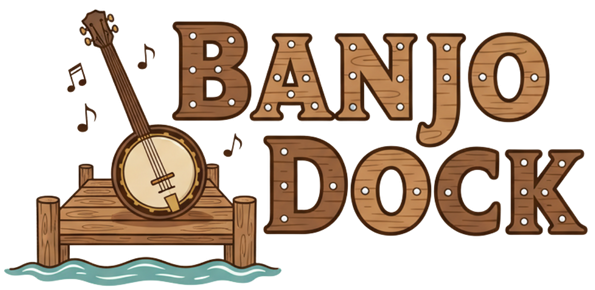The Impact of Buy Now Pay Later Tools
With the rise of e-commerce, more and more businesses are looking for ways to attract and retain customers. One popular strategy in recent years has been the use of Buy Now Pay Later (BNPL) tools. These payment methods allow customers to make purchases and pay for them in installments, rather than all at once. While they have been praised for making larger purchases more accessible and affordable, they have also sparked controversy and concern. In this article, we will explore the impact of Buy Now Pay Later tools and analyze their effects on consumers, businesses, and the economy as a whole.
History of BNPL Tools
The concept of Buy Now Pay Later is not entirely new. Layaway plans, where customers could pay for items in installments while the store held onto the item until it was fully paid for, have been around for decades. But with the rise of online shopping, BNPL options have become more widespread and sophisticated.
One of the pioneers of BNPL services is PayPal Credit, formerly known as Bill Me Later, which launched in 2008 and was acquired by PayPal in 2012. After that, various other companies such as Klarna, Afterpay, and Zip Co have entered the market, each with their own unique features and target audiences. And with the COVID-19 pandemic accelerating the shift to online shopping, the popularity of BNPL tools has only increased.
The Appeal of BNPL Tools
So why have Buy Now Pay Later tools become so popular? The main draw for consumers is the ability to spread out payments over time, rather than having to pay in full upfront. This can be especially useful for larger and more expensive purchases, where paying in one lump sum may not be feasible. It also allows for budgeting and managing expenses more easily, as customers know exactly how much they will owe each month.
Additionally, most BNPL services do not have interest rates or credit checks, making them more accessible to a wider range of consumers. And with many BNPL platforms integrating with popular e-commerce sites, the checkout process becomes seamless, further enticing customers to choose this payment option.
The Impact on Consumers
The main benefit for consumers using BNPL tools is the convenience and flexibility they offer. However, there are also potential downsides to consider. While most BNPL services do not charge interest, some do charge fees for late payments or missed payments. These fees can add up and make the overall cost of the purchase higher than originally anticipated.
Furthermore, utilizing BNPL tools can lead to overspending and accumulating debt. With the option to pay for purchases in smaller installments, customers may be tempted to make more purchases than they can afford, leading to a cycle of debt if they are unable to keep up with payments.
The Impact on Businesses
On the business side, BNPL tools can be a double-edged sword. On one hand, they can attract more customers and increase sales by providing a more affordable payment option. This is especially beneficial for businesses in highly competitive markets where having a BNPL option can give them a competitive edge.
However, BNPL services also charge merchants transaction fees, cutting into the business’s profit margins. And with the potential for late payments and fees, businesses may also face financial risks when using BNPL tools. Some businesses may pass the transaction fees onto customers by raising prices, potentially deterring those who prefer to pay in full upfront.
The Impact on the Economy
Lastly, the widespread use of BNPL tools can also have an impact on the economy. Some experts argue that the easy access to credit through these services can contribute to increased household debt. This can have a ripple effect, potentially leading to a decrease in consumer spending in the long run. However, others argue that these payment options can stimulate spending and boost the economy, especially during times of economic downturn.
In Conclusion
Buy Now Pay Later tools have undoubtedly made a significant impact in the world of e-commerce. While they offer convenience and flexibility for consumers, they also pose potential risks and challenges for businesses and the economy. As with any financial tool, it is important for both consumers and businesses to carefully consider the implications before utilizing BNPL services. With proper management and responsible usage, BNPL tools can offer benefits for all parties involved.











